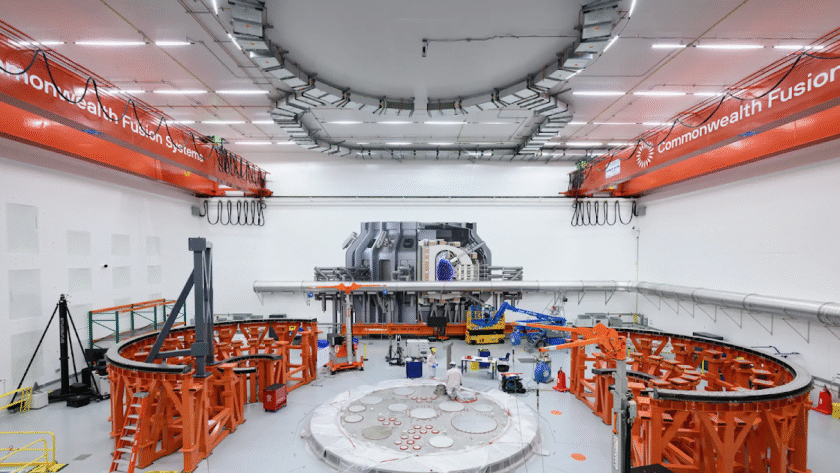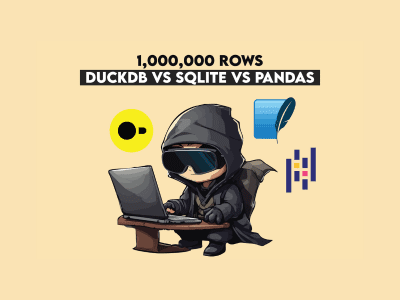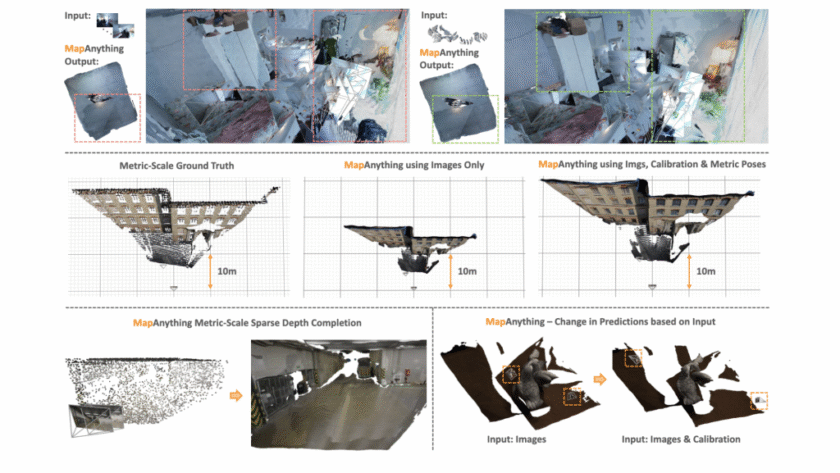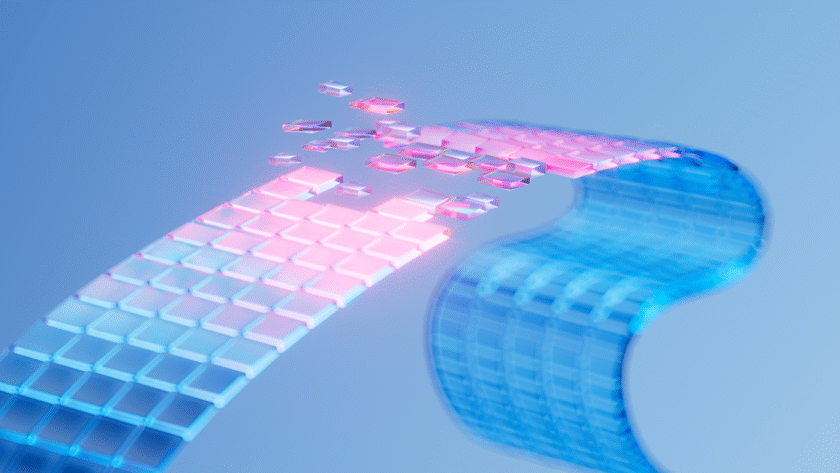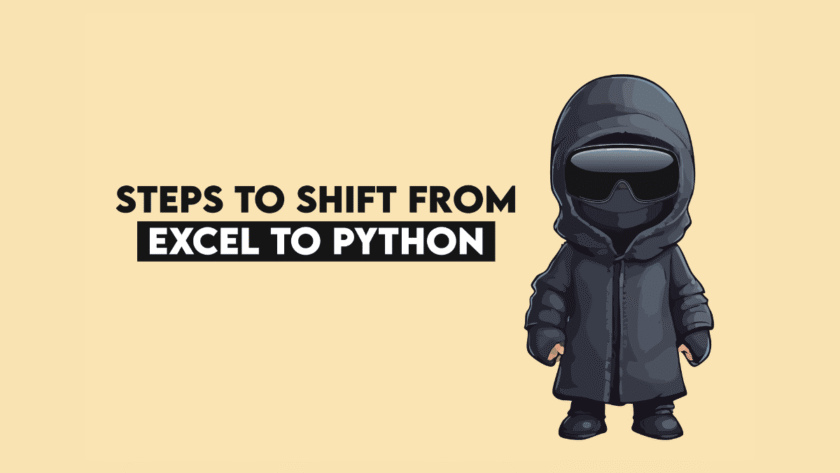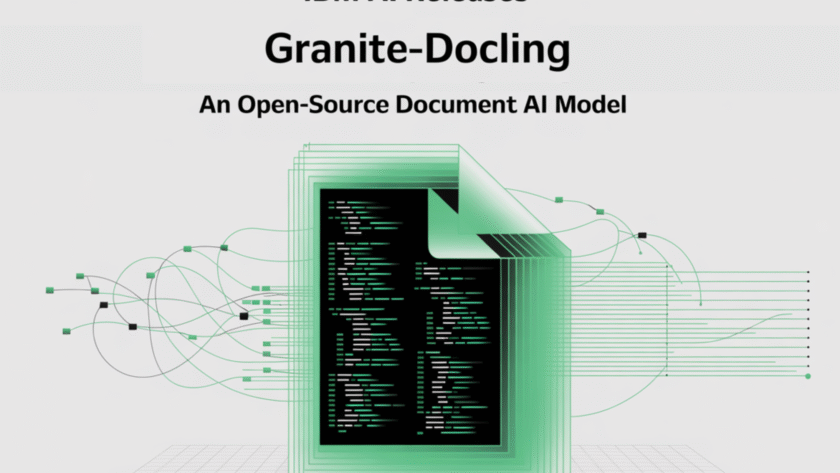Sponsored Content
Did you know that in the US, despite loving the brand or product, about 59% of consumers will walk away after a few bad experiences, according to a PwC report? The same report also mentions that about 17% will leave after just one unpleasant experience.
The percentages and numbers…



